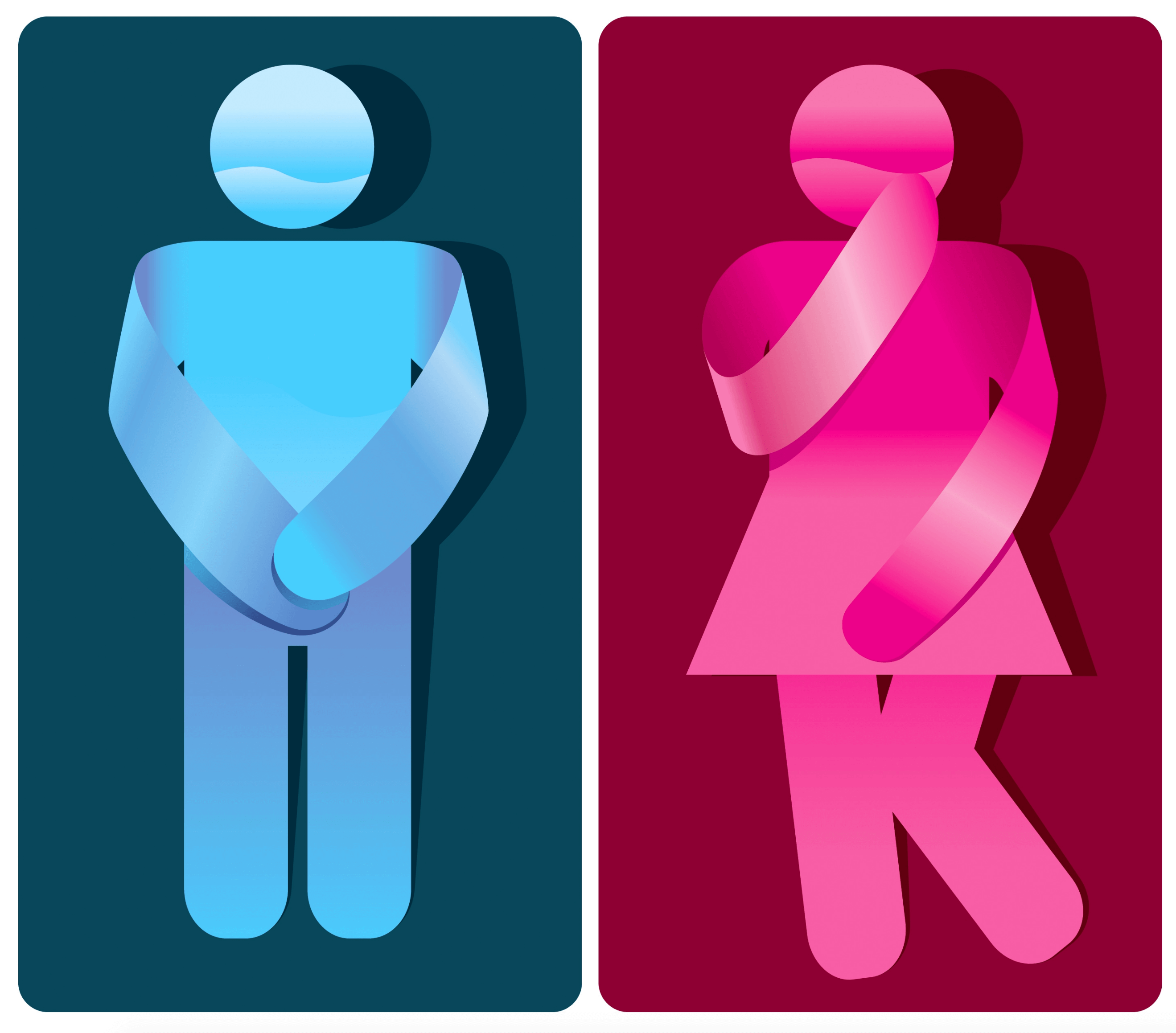Urinary Incontinence can be divided into several types, but the most common are:
- Stress incontinence – leakage during periods of abdominal pressure (coughing, sneezing, lifting, straining);
- Urge incontinence – leakage which follows an irresistible urge to pass urine;
- Mixed incontinence – combined stress & urge incontinence;
- Post-micturition dribble – leakage from the urethra a few minutes after passing urine (not to be confused with terminal dribbling when it is difficult to shut off the stream immediately after passing urine – usually a sign of prostatic obstruction); and
- Giggle incontinence – tends only to occur in young girls and normally resolves as the child grows.
Facts:
- Urinary Incontinence affects 10-15% of people.
- 60-80% of these patients have never sought medical advice for their condition and 35% view it simply as part of the ageing process;
- Urinary Incontinence is caused either by bladder functional disturbances and/or sphincter (valve) weakness;
- stress incontinence is due to pelvic floor weakness for which the commonest causes include childbirth and obesity;
- urge incontinence is caused by bladder abnormalities for which the commonest cause is an overactive bladder (OAB);
- conservative treatment can be successful in improving most forms of incontinence; and
- surgery is effective in incontinence if conservative measures do not work, but there is a late failure rate for all types of surgery.
Treatment of urinary incontinence:
General measures:
Simple measures such as reducing caffeine intake, making sure that you do not drink excessivley, losing weight and carrying out pelvic floor exercises may be helpful. You should talk to your GP if you are taking drugs which cause you to make more urine (e.g. diuretics). You should stop smoking.

For some patients, using simple pads to catch the leakage may be sufficient. If surgery is not appropriate for any reason, inserting a catheterinto the bladder (pictured) or using intermittent self-catheterisation may resolve the incontinence.
Stress incontinence:
Non-surgical treatment
- Weight loss – may reduce the incontinence to manageable levels without any further treatment;
- Physiotherapy – combined with electrical stimulation or the use of vaginal cones can improve many patients with stress incontinence;
- Oestrogen supplements – may help women with incontinence due to post-menopausal tissue atrophy; and
- Drugs – there are now some drugs available which can temporarily improve incontinence, although they may not actually cure it.
Urethral bulking agents:
This operation involves injecting a bulking agent into the wall of your urethra (waterpipe) using a small telescope to treat symptoms of stress urinary incontinence (SUI). The bulking agent helps the urethra to make a watertight seal and to hold urine inside your bladder.
There are several different bulking agents in use.
bladder neck suspension (colpo-suspension):
Colposuspension is the gold standard operation to treat stress incontinence. We put stitches inside the pelvis through an incision (cut) across your lower abdomen (tummy). The stitches pull up your vagina around the area of the bladder opening.
When you exercise or cough, there is downward pressure on the bladder. The stitches help to support the bladder opening when the bladder is pushed downwards, and this prevents urine leakage.
Urge incontinence:
Non-surgical treatment
- drugs – designed to inhibit uncontrolled bladder contractions;
- behavioural modification (including bladder training);
- biofeedback; and
- pelvic floor exercises.
Surgical treatment:
Surgery
- Treat the underlying cause – e.g. prostate obstruction, bladder tumour, bladder stone or urethral stricture;
- Stretching of the bladder – by overfilling with fluid at the time of telescopic inspection under general anaesthetic;
- Botox injections – by injecting into the bladder wall using a telescope under local or general anaesthetic;
- Sacral neuromodulation – implantation of a stimulator & electrodes into the nerves which supply the bladder;
- Augmentation cystoplasty – enlargement of the bladder using a segment of bowel; or
- Diversion of urine into a conduit should be regarded as a last resort when all other measures have failed.

